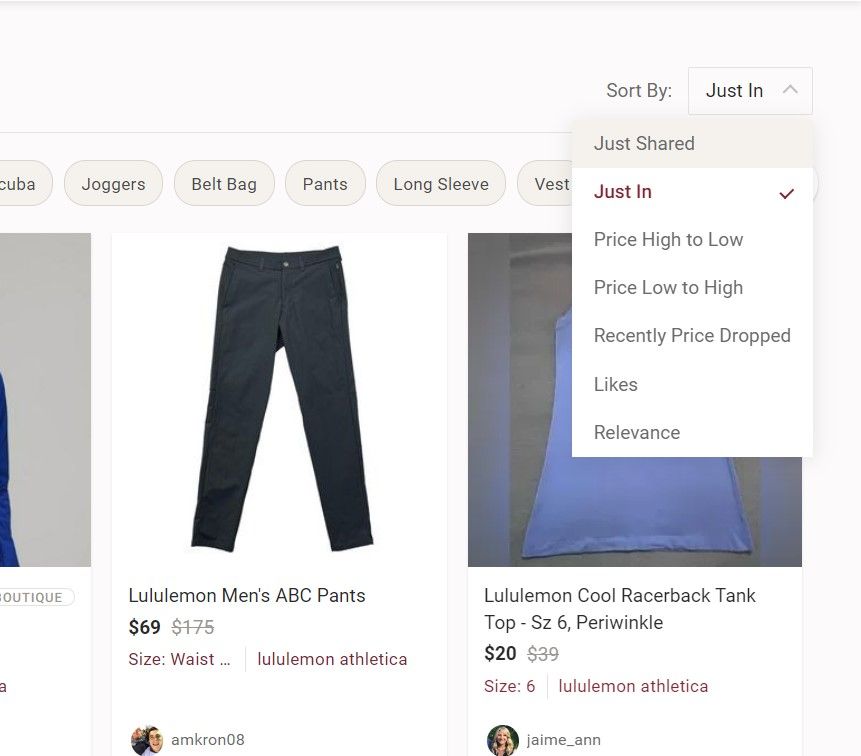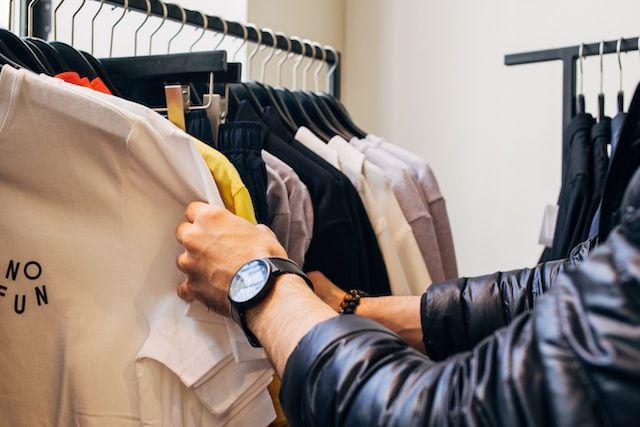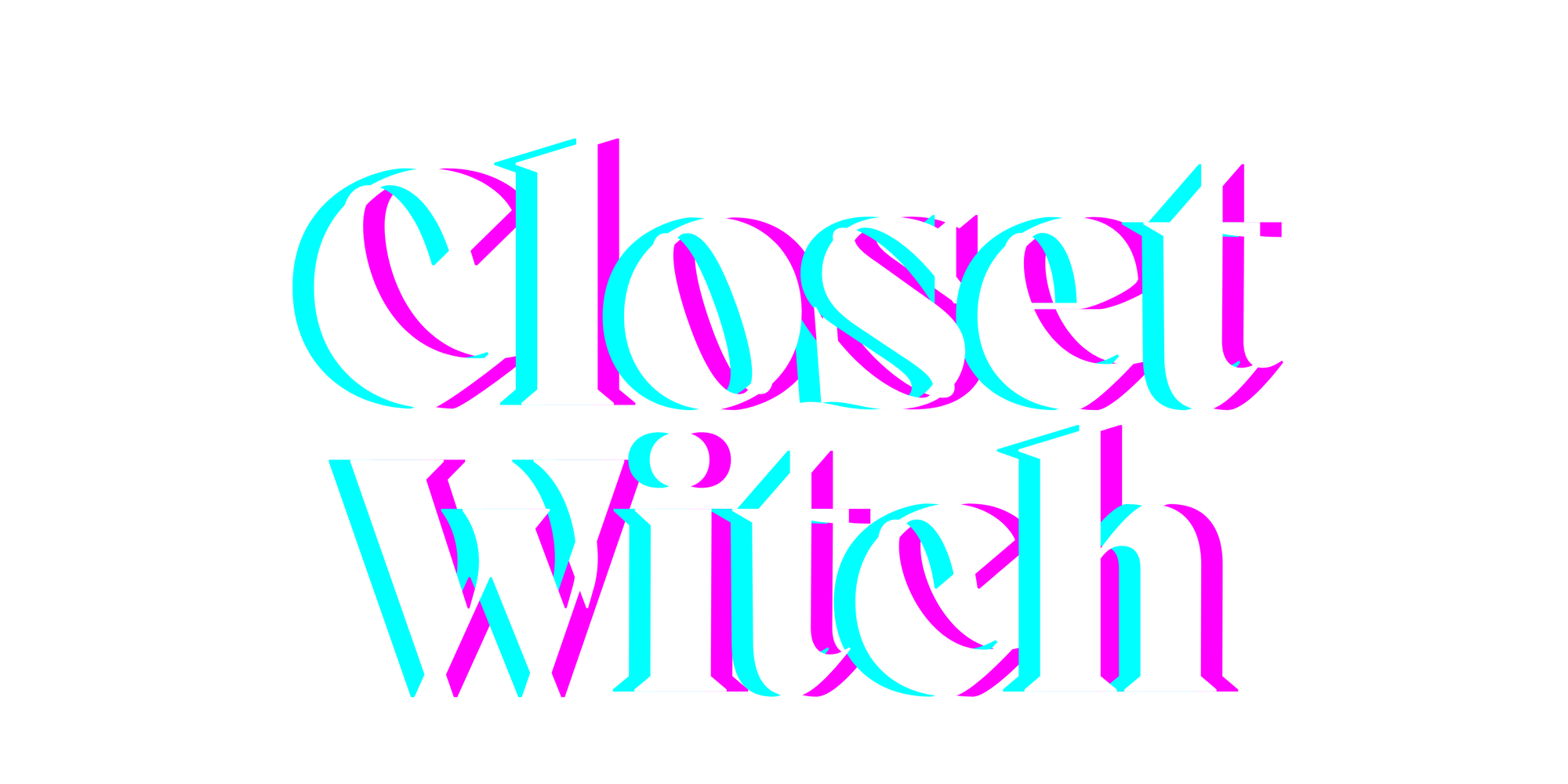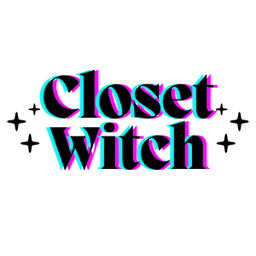To Buy or Not to Buy: Calculating Profit Margin

Quick question to ruin your day: how much do you pay yourself an hour?
If you’re purchasing items to resell that require tons of effort (a pilled sweater), command a low price point (a tee shirt), or are priced too high at the thrift or consignment store, your profit margins may be negating the effort.
Let’s break it down and help you make more money in less time!
What is Profit Margin?
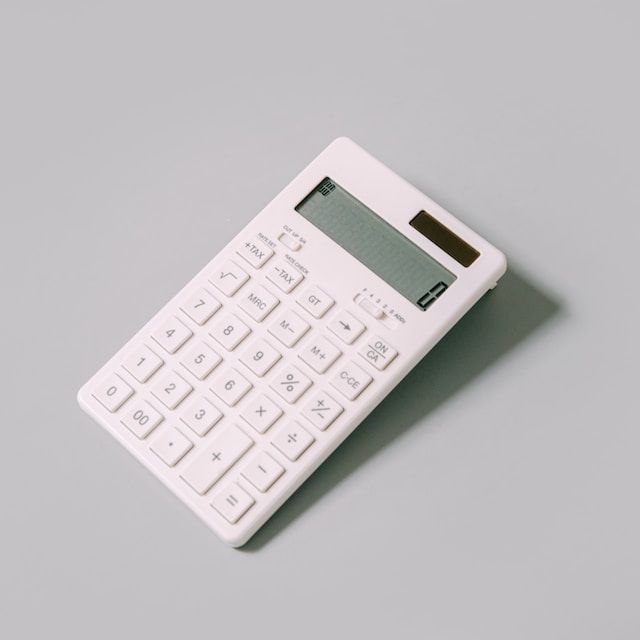
Profit margin is an essential financial metric that measures the percentage of profit a business earns from its sales. It tells you how much money you are making for every dollar you earn in revenue (which, for the record, is the amount of money a business earns from its sales or operations before deducting any expenses).
So basically, when selling on Poshmark, the amount you’re really making is what’s left after:
-Poshmark’s 20% fee
-Any shipping discounts you’ve offered
-Extra shipping fees (for large bundles or heavy items)
-Materials required (tissue paper, tape, thank you stickers or cards, kraft paper, etc).
-Repair or professional cleaning costs
-Amount you’re paying yourself to handle the item, including cleaning, repairs, photographing, packing, listing, etc.
How to Calculate Profit Margin
Let’s set aside the more amorphous costs of doing business on Poshmark (like your time in a specific sense or cost per unit of tissue paper), and look at how to generally calculate the profit margin of a given item.
Let’s say you find a great pair of Levi’s 501s at the thrift store, in good condition, and a pretty good size.
They’re priced at $5.99. Doing some quick comping (checking “sold” listings of the item on Poshmark for an average sale price), I see that they’re selling for around $29.
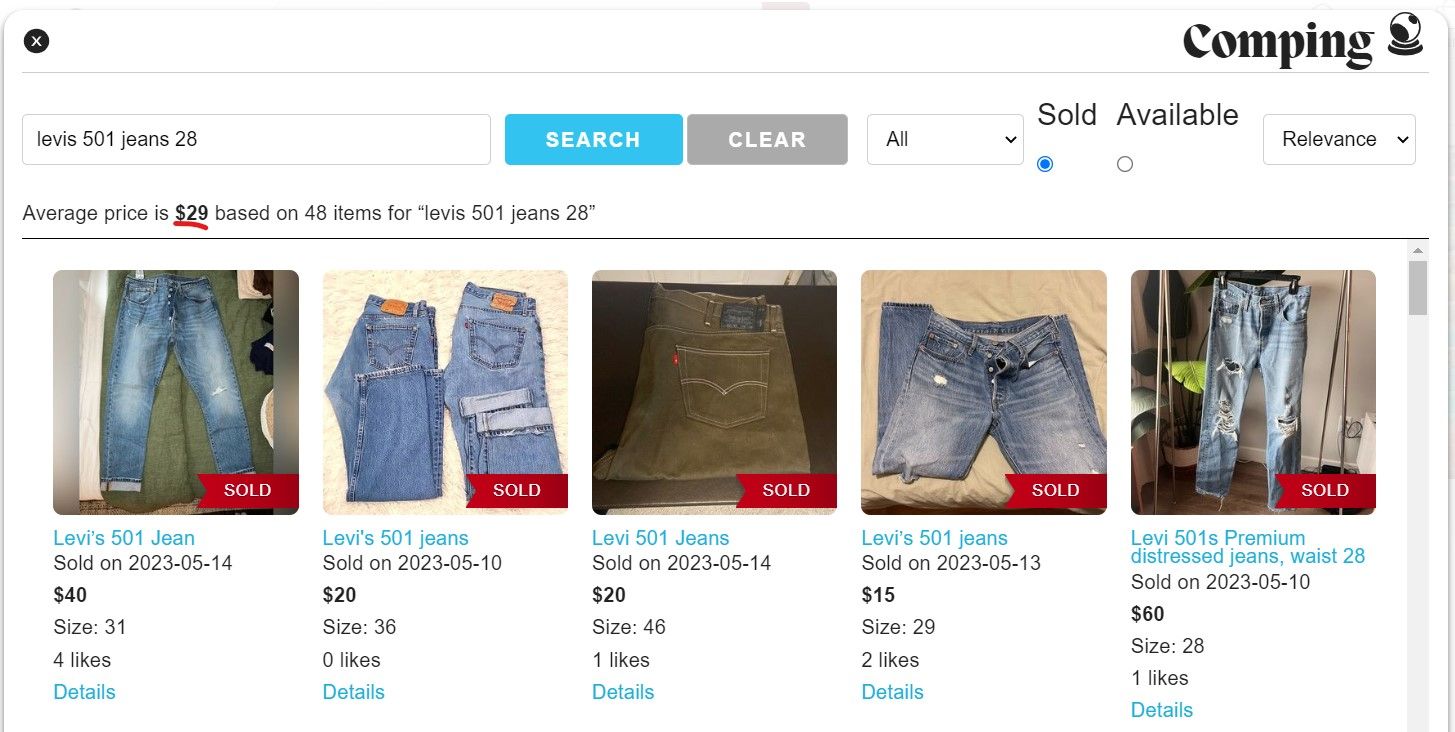
Let’s apply that info to the equation for calculating profit margin, which is:
Profit Margin = (Total Revenue - Total Expenses) / Total Revenue
In this case, let’s just look at total expense as two metrics: the cost of the item, and Poshmark’s fees, which we can count on!
Our revise formula will look like this:
Poshmark Profit Margin = (Sold Price- Item Cost - Poshmark’s Fees) / Sold Price
Plugging our numbers in, we have:
$29-$6-($29-(.2 x $29)*)/$29
[*Poshmark’s 20% fee on a $29 sale]
That becomes $29-$6-$5.80 (but let’s round that to $6)/$29, which becomes $17/$29, which gives us 0.5862, which, expressed as a percentage, is about 59%
That’s a solid profit margin! In general, anything over 20% is good, so you can purchase those 501 jeans with confidence.
Caveats to Profit Margin
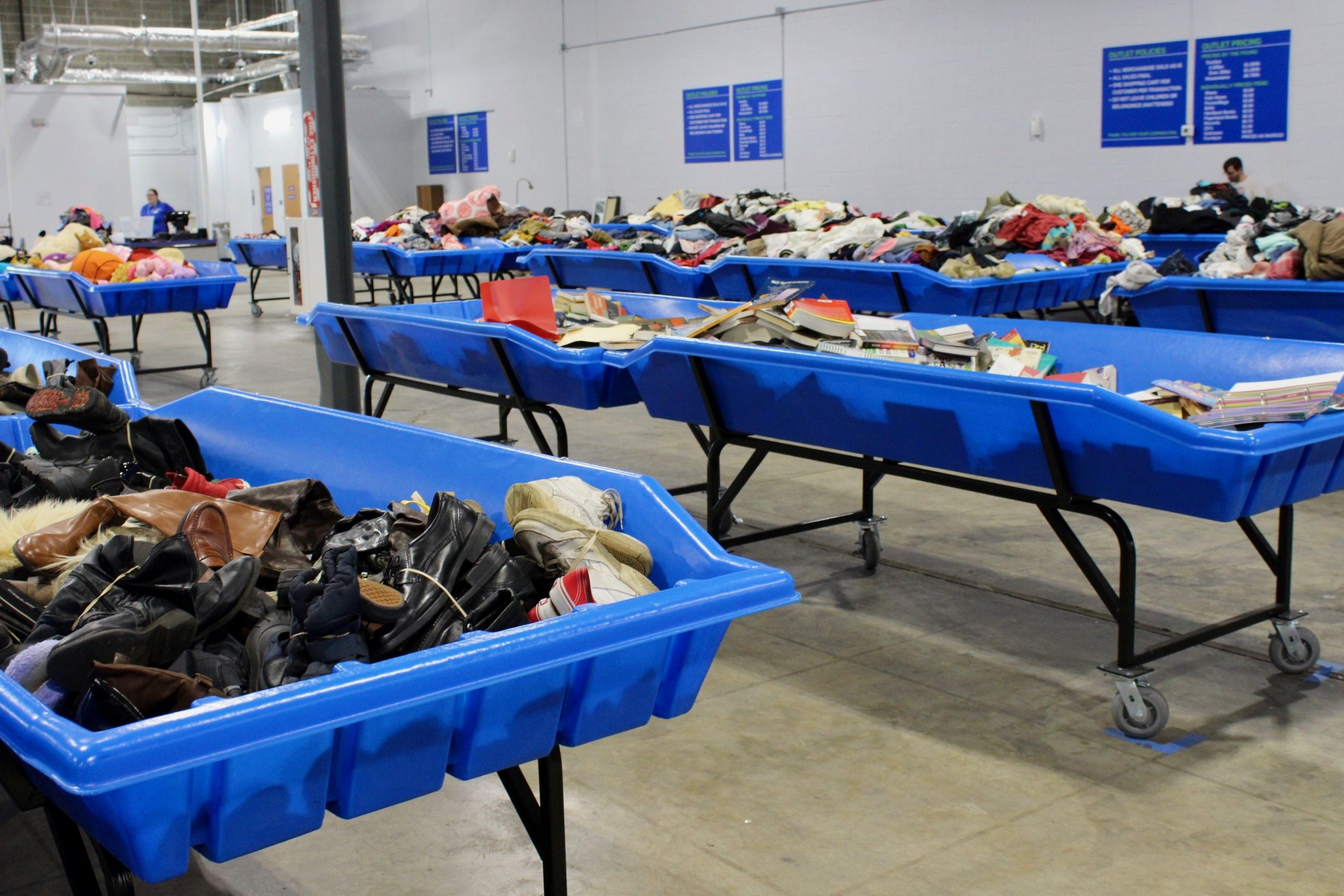
Of course, not all profit margins are created equal. If you’re a bins shopper and you regularly find no-name jeans for $1 that you can sell for $10 (with Poshmark taking $2 of that), that’s $10-$1-$2/$10, which breaks down to $7/$10, 70% profit, which on paper is pretty good.
But if you compare the amount of work related to selling that stays the same regardless of item cost or sales price (photographing, listing, shipping), it makes more sense overall to sell an item you can make $17 on vs. one you’ll make $7 on.
Therefore, good profit margin alone=/=a great buying decision.
Evaluating Time and Pain Investments
Everybody has a category of item they love selling, and one they just… hate. For me, jeans are just such a joy to photograph, store, ship, and list.
They also generally command a pretty good price point—though they can sit a long time if you choose a bad brand or style.
And finally, they're somewhat low risk--since the fabric is durable and can take some heavy duty washing, finding a stain isn't the end of the world.
Compare that to, say, a white silk top. It's fragile, high risk (ie. if I find anything wrong with it at all, it's going to be tough to work with safely), and a pain to photograph on my existing white backdrop. Depending on the brand, it might also be harder to find an exact style description or stock images.
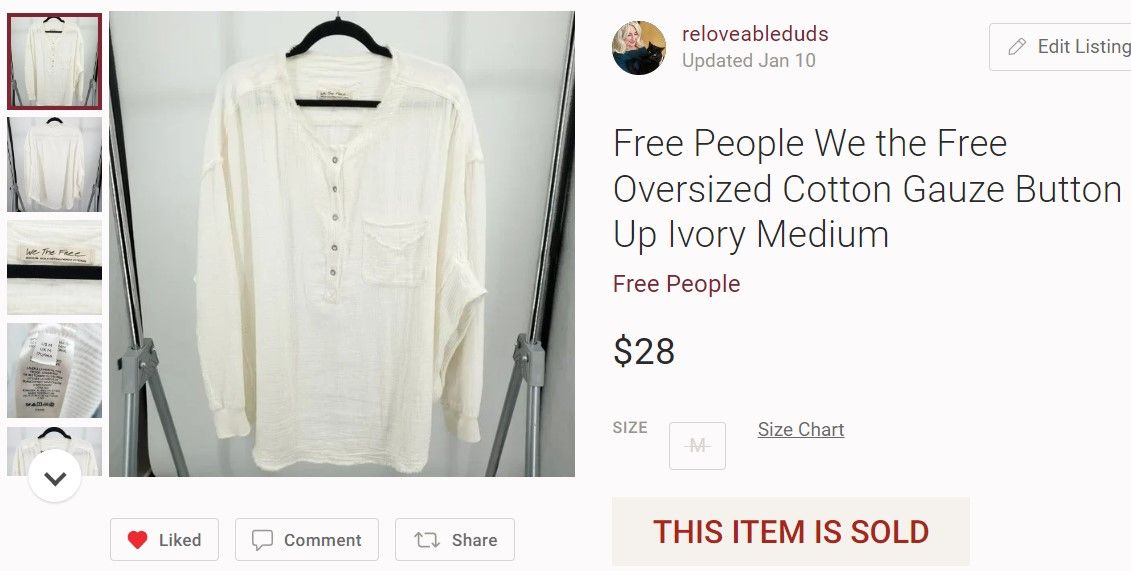
So for me, choosing a pair of jeans I can earn $17 on vs. a white silk top that can earn me $17 means less fuss, anxiety, annoyance while photographing, risk while storing, and frankly, more joy!
Though it’s not easy top pop into an equation, your work with items is important to consider while deciding what to bring home.
Evaluating Joy in Reselling
I once paid up for an item ($20 for a vintage Coogi sweater) that required a few hours of careful snag fixes. But it was such a beautiful item that I loved photographing it, felt great about selling it, and, even if I hadn’t made an excellent return on it ($200), it was the kind of work that I truly enjoyed and makes selling on Poshmark fun.
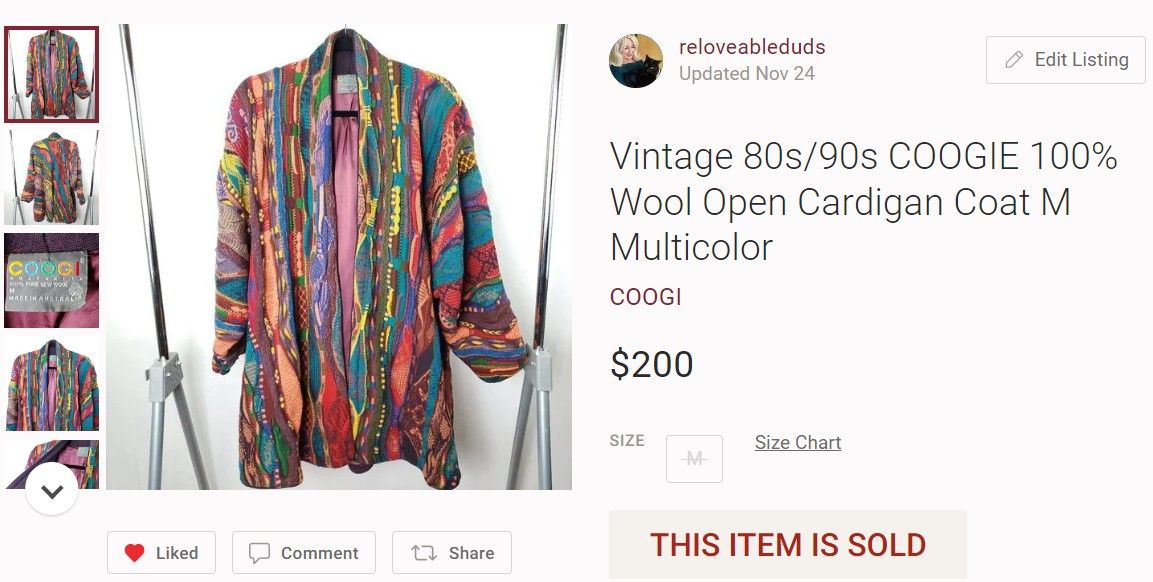
For me, it was a fantastic buy. But some folks enjoy flipping lots of items quickly and without having to be very hands-on with them--say, they only handle NWT items, or they specialize in a particular brand they can find lots of in good condition at the bins.
There are lots of business models that can work with Poshmark reselling, and, while happiness doesn't have a dollar amount attached to it, it's incredibly important to your business in the long run.
So what’s your strategy with reselling? Do you like to make higher cost, lower volume purchases, like NWT pallets or high-end items from consignment boutiques? Or do you prefer to source high volume at low cost (ie. from places like the Goodwill outlets or bins)? Share below!
Love and magic,
Cathy @ ClosetWitch
Read More:
